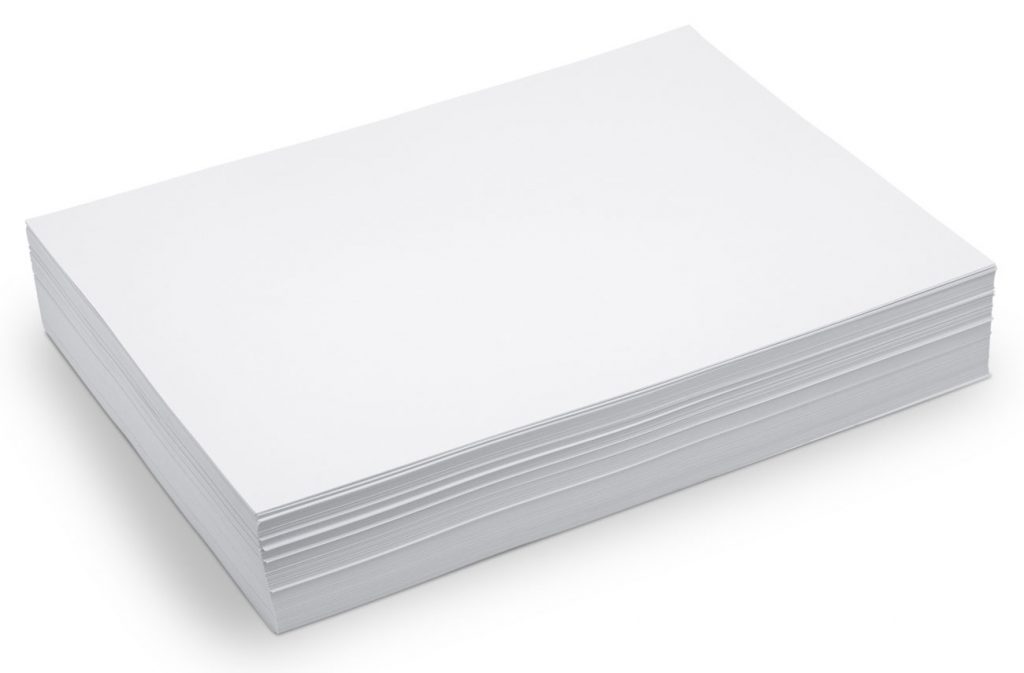Color management for small businesses
Choosing a color for your Brand and products is the most important step to take. we will be with you in this path and make it easy for you.
Color Consistency, Predictability and Repeatability Demand Good Color Management
How to start choosing a color for you product and brand, make ready the art works, choosing printing technology and subtract and also communication with printing houses are common concerns for small business.
with our new services you can easily achieve what you need and pass thorough this step without any concern.

Choosing Color
Another complicating issue in color management is assurance that packaging suppliers and printers are using the same reference materials. For example, if the printers are referencing an outdated edition of the Pantone Formula Guide, the packaging may not match the color specified by your designers (Pantone recommends replacing swatch books annually).
Similarly, if the packaging is designed and proofed using Pantone spot colors but your suppliers use CMYK printing, the specified colors cannot be accurately and consistently reproduced. Pantone color books include CMYK equivalents for most colors, but these are always approximations. Except for a limited group of colors available from Pantone, most of the nearly 1,900 spot colors in the PMS library cannot be simulated.
Color Commiunication
Color communication between packaging designers and packaging printers can quickly become a game of telephone without the right people and processes in place to ensure that the right color information is delivered throughout the supply chain. Again, the issue comes down to lack of control. Who are your factories working with? What printing processes are they using? What quality control steps are in place? How is color communicated between suppliers and printers? If you don’t know the answers to these questions, you can’t be sure that the color you communicate to the factories is the same at every point where information is exchanged.


Printing Materials
Paper and film substrates accept ink differently, depending on factors such as weight, opacity and surface tension. If your packaging designers and engineers have specified a particular material, one of the challenges of maintaining consistent and repeatable results comes down to whether you’re actually getting what you paid for.
Color management may also be an issue because:
- The order that inks are put on a material can affect color consistency, this is more so in flexographic printing than lithographic printing. Printing of inks should always go from light to dark in CMYK.
- The mixing of inks can affect color
- Varnishes also change colors. UV varnish will be different than an aqueous varnish.
Matching colors without technical know-how and the necessary tools adds to the probability of there being inconsistencies and quality issues.
